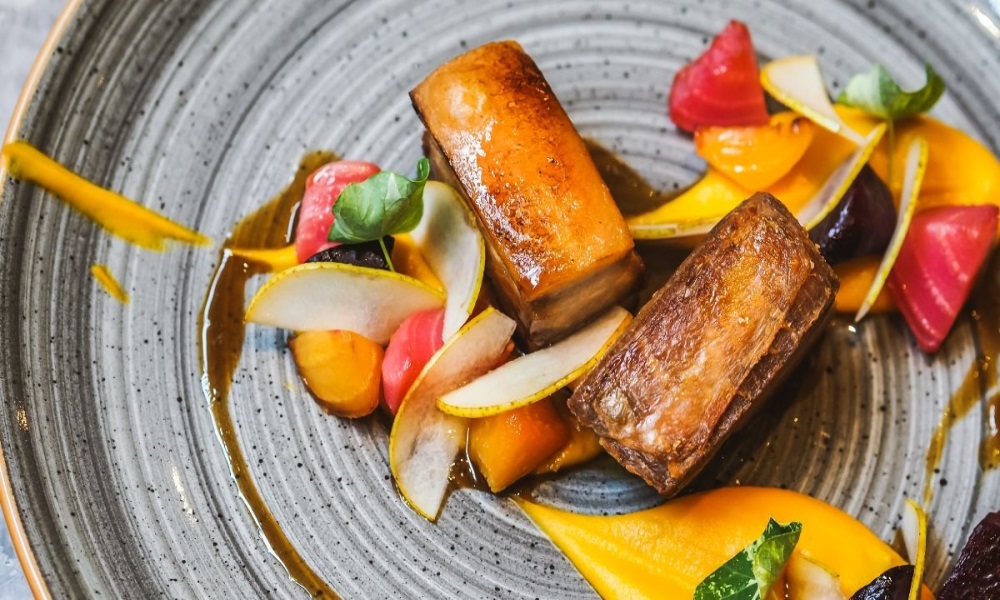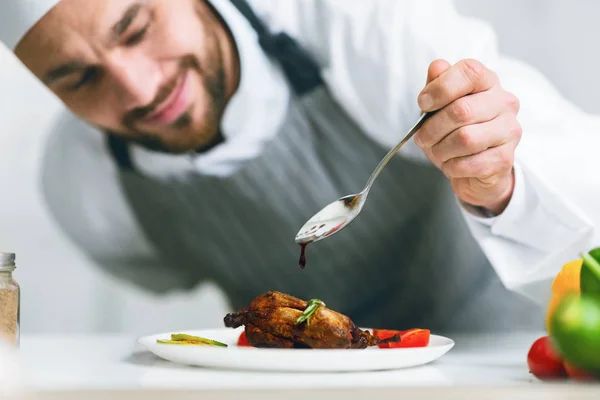The Art of Food Presentation: Plating Like a Pro

Food presentation is an essential aspect of the culinary world. It is not just about the taste and quality of the ingredients but also about how the dish is visually presented. The way a dish is plated can elevate the dining experience and leave a lasting impression on the guests.
The Importance of Food Presentation

When it comes to food, presentation matters just as much as taste. A beautifully plated dish can stimulate the senses and create anticipation for the flavors that lie within. It sets the tone for the dining experience and enhances the overall enjoyment of the meal.
Food presentation is particularly crucial in restaurants and professional kitchens. It is a way for chefs to showcase their creativity, skills, and attention to detail. A well-presented dish reflects the chef’s commitment to delivering a memorable culinary experience.
Key Elements of Plating
Plating like a pro involves understanding and applying certain key elements of food presentation. These elements include:
- Balance: A balanced plate is visually appealing. It involves arranging different components of the dish in a way that creates harmony and symmetry.
- Color: Colors can evoke certain emotions and set the mood for the meal. A colorful plate is more visually appealing than a monotonous one.
- Texture: Incorporating different textures in a dish adds interest and complexity. Combining crispy, crunchy, and smooth elements can create a delightful eating experience.
- Height: Building height in a plate adds dimension and visual interest. It can be achieved by stacking or layering ingredients carefully.
- Garnish: The right garnish can enhance the overall presentation of a dish. It adds a finishing touch and can provide a pop of color or an additional layer of flavor.
Plating Techniques
There are various plating techniques that professional chefs use to create stunning presentations:
- Stacking: Stacking involves layering different ingredients to create a visually appealing structure. It works well with ingredients that are similar in size and shape.
- Artistic Placement: This technique involves arranging ingredients in an artistic and visually pleasing manner. It requires precision and an eye for aesthetics.
- Sauce Drizzle: Drizzling sauces or dressings on the plate can add movement and create beautiful patterns.
- Rim Decoration: Decorating the rim of the plate with sauces or garnishes can enhance the overall presentation and make the dish look more inviting.
- Minimalism: Sometimes, less is more. A minimalist approach can create a clean and sophisticated look.
Mastering the art of food presentation and plating takes practice, creativity, and attention to detail. It is an essential skill for both professional chefs and home cooks who want to elevate their culinary creations. By understanding the key elements of plating and experimenting with different techniques, anyone can learn to plate like a pro and create visually stunning dishes that delight both the eyes and the taste buds.




